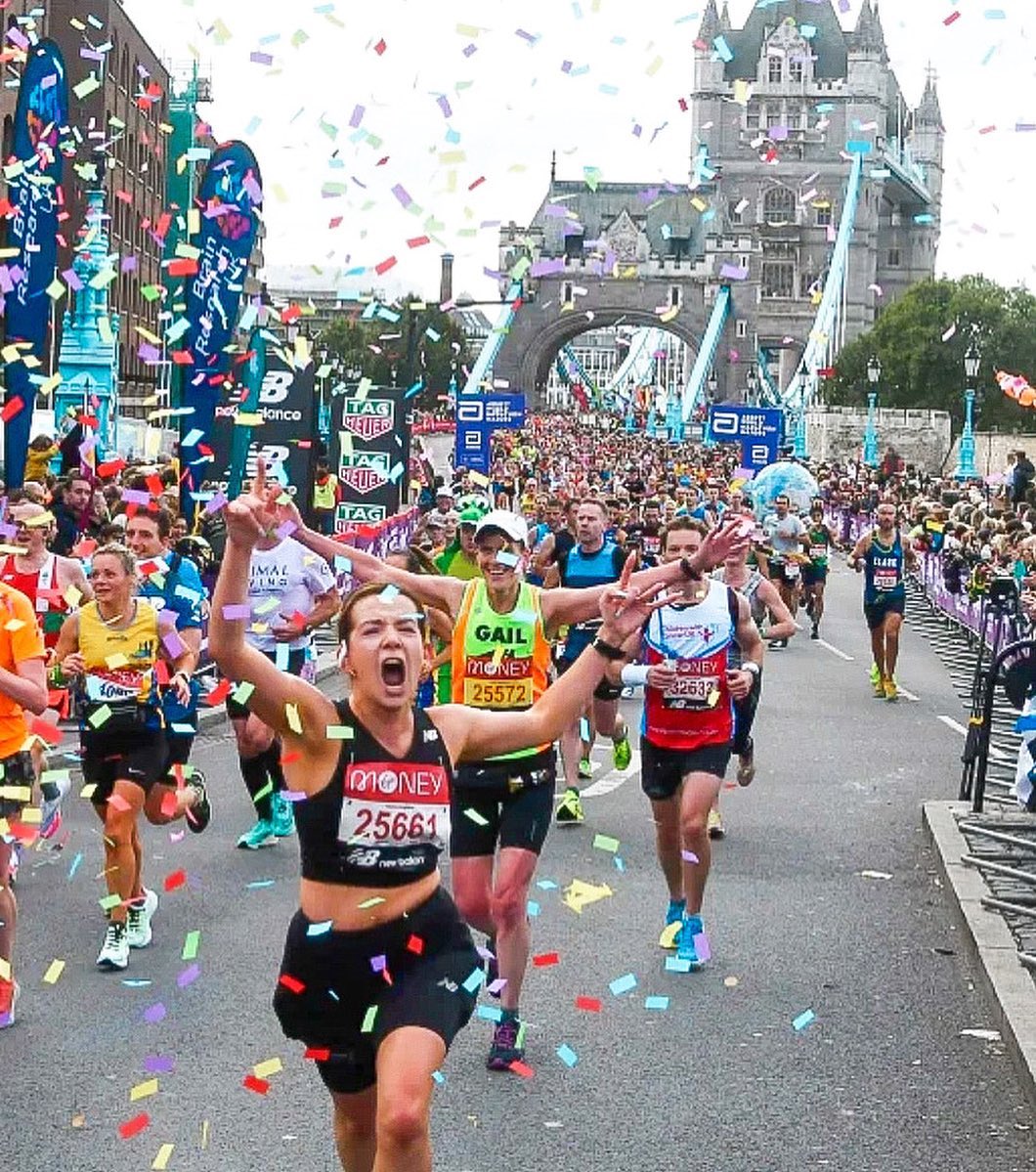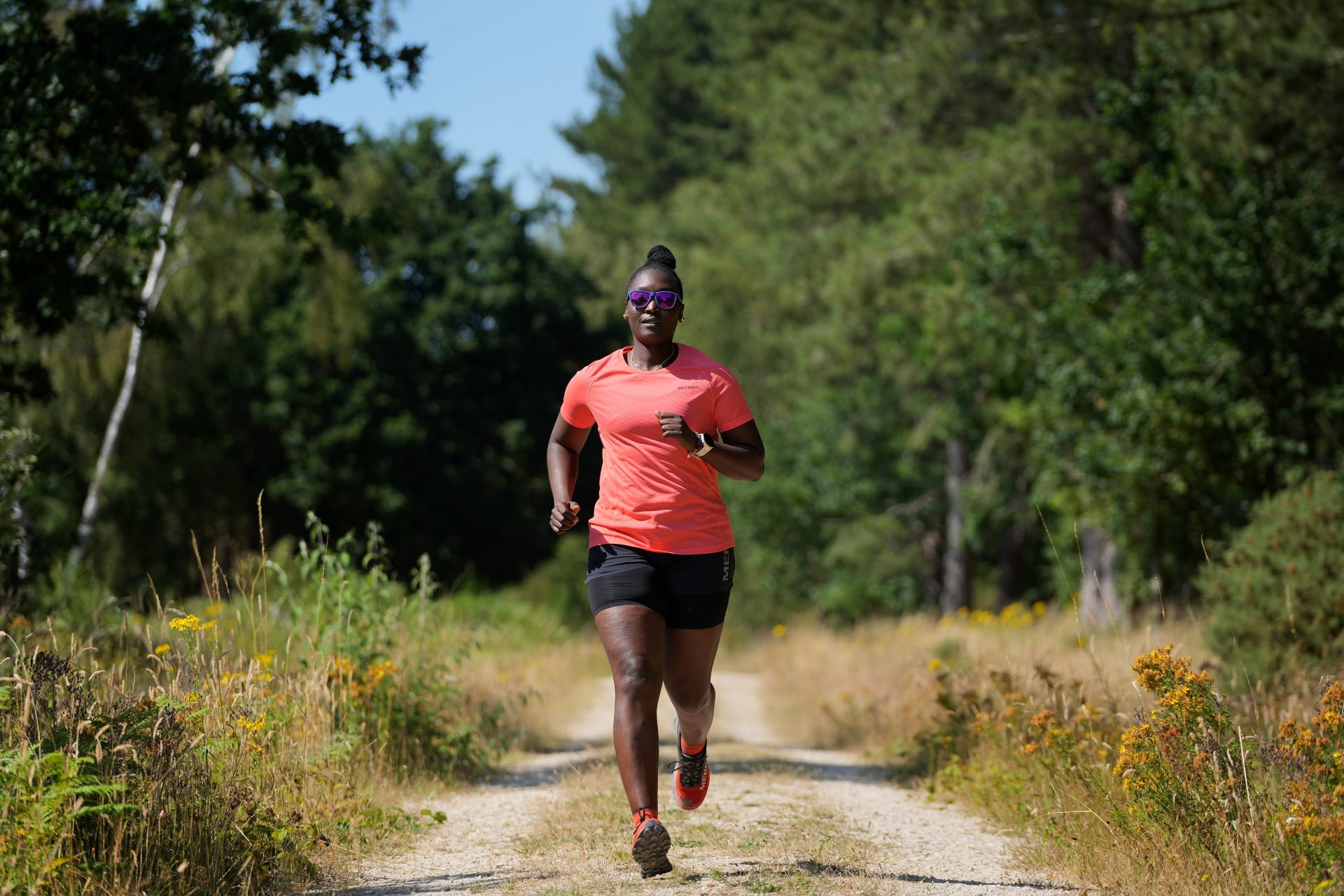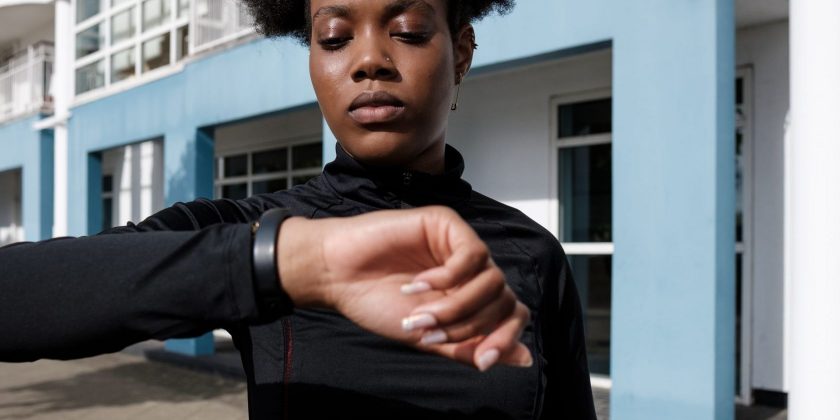This January, we’re on the search for quick, accessible hacks to kickstart 2023 in the strongest way possible. Today’s cardio kickstarter: 9 tips for becoming a better runner.
The start of any running journey can be daunting. With so much to consider, it is difficult to find clear advice on how to get started and make progress.
In 2021, approximately 6 million people in England went running at least twice in 28 days. And the share of runners on the Strava app who ran a marathon this year nearly doubled when compared to last.
With so many people lacing up, we’ve spoken to nine running coaches – from community leaders to marathoners – to get their top tips on how to improve.
You may also like
Couch to 5K: “The 3 things that helped a beginner learn to love running 5k”
Get your running posture right
Gareth Cole is the co-founder and head of performance at Coach London. He has been working with clients – from beginners to Olympians – for more than 30 years, and supports the London Landmarks Half Marathon. He finds that new runners tend to skip run technique work, which helps to improve efficiency. “Technique is really important and should be one of the main focus points for anyone considering getting onto running,” he tells Stylist.
He has three cues to help new runners:
Stand tall, chest up, shoulders back
“When we tire, we tend to flex at the spine and bend slightly forward,” he explains. “This increases the demand on your back extensors, which isn’t helping you run.”
Land soft and light
The second is “land soft and light”, with Gareth recommending runners try to push off like a rubber ball.
Look in front of you at all times
And finally, runners should look and face forward. “Keeping your chin up will help to ensure your centre of mass is in line with your base of support which, in turn, helps to minimise your energy expenditure.”
Learn how to breathe while running
Every coach we spoke to agreed that easy runs are key to improving cardiovascular fitness and endurance. They also help your body to adapt to the demands of running.
As co-founder and coach at Camino Ultra, Paula Bedford agrees that easy runs are important – and she’s got a great tip for those struggling to find the right pace.
“Tuning into how you’re breathing is a simple yet often overlooked way to check in with yourself on easy runs,” she says.
She recommends walking for a few minutes and noticing your breathing before running. “Are you breathing through your nose?” she asks. “Start to walk a little quicker and then jog. If you feel your breath quickening so you can no longer do this, slow down or even walk. Once you’re nose breathing again, start jogging and repeat this until you have satisfied your curiosity. Then, let it go.”
Run often …
Andy Elks, co-founder and head coach at Candy Racing Team, admits that he found running tedious at first. He now focuses on coaching and aims to help others become strong and consistent runners.
He encourages runners to run often and plan their week “with purpose”. “To make endurance gains, it’s much more effective to do 20-30 minutes five times per week than it is to run for an hour twice a week.”
Why? If you run infrequently, you “lose most of the benefits because your body is amazing at recovery and you’re not moving regularly enough for the body to get adaptations to your cardio system”. In Andy’s words: “Consistency wins every time.”

… but don’t fill your race calendar
Lillie Bleasdale launched her online coaching business PASSA two years ago, having started running in 2017. When we spoke, she had just qualified for a Championship place at next year’s London Marathon.
She sees a lot of new runners (herself included) signing up for lots of races and expecting to run faster every time. “Every time we race, we take a lot out of the body, meaning that if you’re racing every weekend, your body is not having enough time to recover before you go again,” she explains.
She recommends that runners pick a few goal races and focus on training specifically for each one, rather than training for lots of different goals at once. So that might mean aiming for one particular Parkrun or Run Through 5k to get your PB at, or choosing a longer event that you work up to, rather than aiming to run faster every single Saturday.

Write down your targets
Thomas Dreißigacker, head coach of the On Athletics Club Europe, believes that “most runners are not patient enough at the beginning”.
“It’s important that you increase your running volume per week really slowly.”
He recommends writing down your targets. “With the targets in your mind it’s easier to keep running week for week,” he says. “The continuity is more important than having one good week of training.”
You may also like
Running: why intense or excessive running isn’t always good for you
Stay injury free with strength training
Believe it or not, it’s not just about running. Sheffield-based Abbie Pearse, a physiotherapist and run leader for Love Trails Festival, says cross-training and strength training are equally important.
“Research suggests injury rates of 40% in new runners, so it’s important to know ways to decrease your risk as much as possible,” she says. “My biggest tip to reduce injury risk would be to incorporate some basic strengthening exercises in your training. If our muscles, joints and tendons have been strengthened, they will be able to tolerate more.”
Try squats with a resistance band, lunges and bent leg calf raises. If you’re aged between 30-40, Abbie says being able to do 15-20 single leg calf raises shows adequate calf strength.
Accept when you’re tired
No matter how much work you put in, there will be bad days, so it’s important to remember that progress won’t be linear.
“Even if you run consistently every week, you may not continue to see progress,” Trina Dawkins, a running coach for The Outrunners youth group, says. “You have to take into consideration that life can sometimes get in the way and there will always be peaks and troughs.”
Sometimes, when you have done too much and you feel low on energy and effort, this will result in you feeling tired and fatigued. “However, remember that this is all part of life in general – we must learn to pace ourselves and listen to our bodies.”
Keep an eye on your trainers
Sarah Riandet is a competitive trail and ultramarathon runner. She also works with the Enertor team to help runners and athletes stay pain and injury free.
Her top tip is around one crucial part of your kit: your shoes. “New runners are known to never replace their running shoes – we all tend to reuse an old pair that has been in the cupboard for a couple of years,” she says.
But even if you can’t see holes in your shoes, they might be worn out. “With less cushioning and support, your muscles and joints have to absorb more impact and might get injured quicker,” Sarah explains. “You can use cushioning insoles to make them last longer, and try to replace your trainers after 700km.”
You may also like
Sticking to the same pair of running shoes every day could be causing you issues – here's why

Remember to smile
It’s possibly our favourite tip. England Athletics run leader Darren Cunningham, a personal trainer and ambassador for sports nutrition brand Crazy Nutrition, urges runners to enjoy the journey.
“When you become a runner, you become part of a new community,” he says. “You will find yourself saying hello and greeting complete strangers who are out running too. You will start to look at your environment in a totally unique way.”
And there’s one thing everyone can do: smile. “If you are running your longest distance and you’re tired, just smile,” Darren says. “Smile because you have made the effort to get your trainers on and get out. Smile because you’ve taken the first step to a healthier, stronger and better version of yourself.”
Images: Getty
Source: Read Full Article
